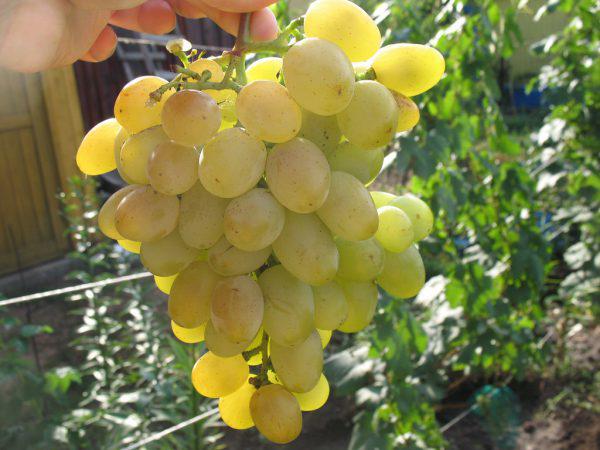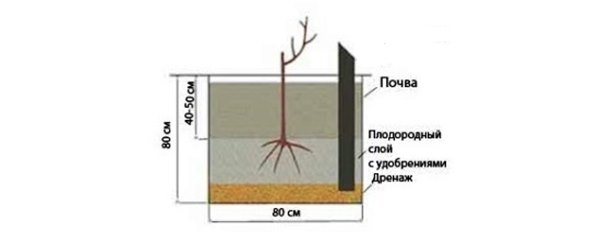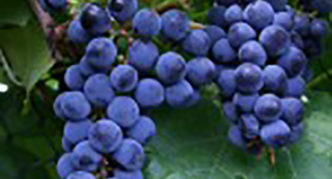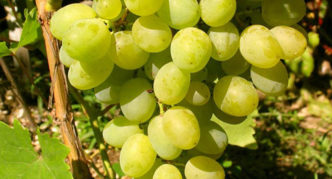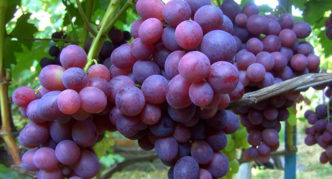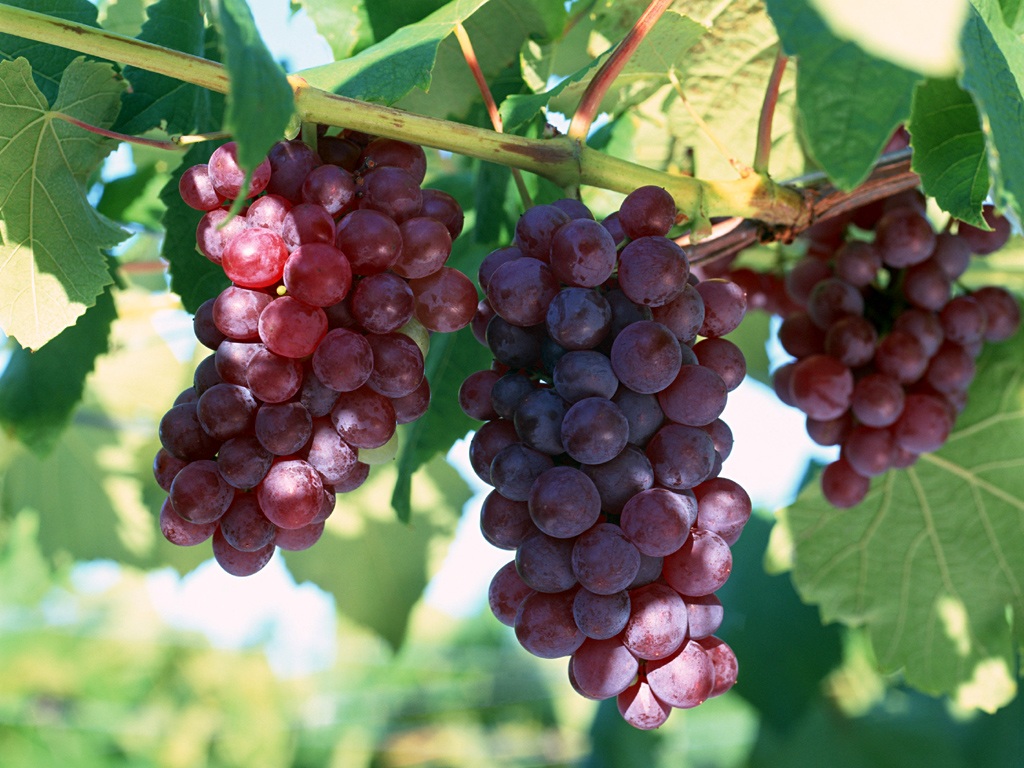In recent years, amateur breeders have been actively working on the creation of hybrid forms of grapes that have an early ripening period. Thanks to their work, more and more varieties that ripen very quickly become available to a wide range of fans of growing sun vines in various regions. One of them is Galia.
The history of the creation of Galia grapes
Galia, a hybrid form of black table grapes, was created by a Donetsk farmer and talented amateur breeder Vasily Kapelyushny. He used varieties Vostorg (II-4-2) and 1-83-29 as parental forms.
Description of the variety
Like all new forms of grapes, Galia is in the process of variety testing and the accumulation of statistical data, but the information already available is extensive and makes it possible to judge the grapes.
Unvaccinated Galia bushes have medium vigor. This hybrid is grafted onto any rootstock, it is good if it will be varieties with high vigor, such as Ferkal or SO4. 60–70% of the shoots are fruitful, ripening well practically along the entire length.
Galia grapes pleases gardeners with a harvest already on the 95-100th day, if we count from the moment the buds bloom on the vine. The bunches grow large. They are not very dense and conical in shape. The berries are large - weighing 8-10 g. They are shaped like an egg. Their skin is blue, dark, almost black. The taste of the berries is original, sweet.
One of the most harmonious grape varieties with dark berries is Livadia black:https://flowers.bigbadmole.com/en/yagody/vinograd/vinograd-livadiyskiy-chernyiy.html
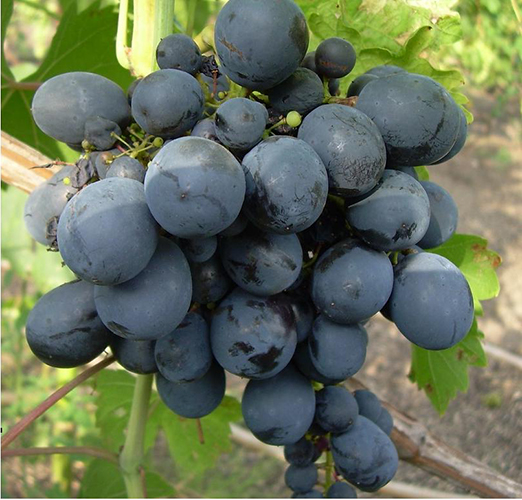
Galia, a hybrid form of black table grapes, pleases gardeners with a harvest already on the 95-100th day
The harvested crop can be transported over long distances without any problems. Galia's resistance to gray mold and powdery mildew is below average, estimated at 2–2.5 points. She experiences winter frosts up to -24aboutFROM.
The bushes can withstand a load of 40–45 eyes with an average pruning of 8–10 buds.
Video: Galia grapes
Features of growing Galia
No special features in grape planting schemes Galia varieties are not marked by the originator or gardeners. The whole process of placing a seedling on the site is the same as for other varieties:
- At least 2 months before planting the grapes, a planting pit is prepared so that the soil has time to settle, and the roots of the young plant do not fall into the voids. Its size, depending on the climate of the area where the grapes are supposed to be grown, as well as on the quality of the soil, can be 0.5–1 m.
- A support stake is hammered in the center, to which a young plant will be tied after planting.
- On heavy soils that retain water, a bottom drainage layer about 15 cm thick is made from crushed stone or fine gravel.
- A bucket of humus and twice as much fertile soil are laid in the pit, which are thoroughly mixed.
- The rest of the pit is filled with fertile soil and watered abundantly.
- When the time for planting a seedling comes, a hole is made in the center of the hole according to the size of the plant's roots, a soil mound is poured on which the roots of the seedling are spread, they are covered with dug soil and tamped tightly.
- Young grapes are watered with 2-3 buckets of cold water.
- After the liquid is absorbed, the ground near the bush is mulched with humus, peat or other organic matter. If mulching is not done, the soil near the grapes must be constantly weeded and loosened.
It is recommended to form the bush so that it accumulates a significant amount of old wood over time. Then its yield becomes higher and the taste of the berries improves. When pruning in autumn, 8–10 eyes are left from the shoots, on the bush - 40–45.
So that the berries, when ripe, are well colored, it is recommended during this period to provide them with better sunlight by removing the leaves shading them.
Watering Galia is done according to the general scheme:
- before the beginning of the growing season (bud break);
- during flowering and ovary formation;
- when ripe berries.
Watering is stopped half a month before the harvest. Additional watering is done depending on the weather of the current season, keeping the land in a moderately moist state. In the fall, after pruning and before the onset of frost, charging watering is done (the ground should get wet by 0.5–0.6 m). This helps the grapes to endure frost in winter more easily.
Given the low resistance of Galia to diseases, 3 mandatory treatments with fungicides are carried out in accordance with the instructions for them:
- before bud break;
- after flowering;
- when the berries are the size of a pea.
First processing and binding of grapes, feeding and frost protection:https://flowers.bigbadmole.com/en/yagody/vinograd/vesennie-rabotyi-s-vinogradom-posle-zimyi.html
Advantages and disadvantages of the variety
The advantages and disadvantages of any grape variety are well identified in comparison with similar varieties and forms. For example, we can take such young hybrid forms of grapes as Zarya Nesvetaya and Harold, which are close to Galie in terms of ripening.
Table: comparative characteristics of grape forms
| Galia | Zarya Nesvetaya | Harold | |
| Appointment | Table black | Table red-purple | Table white |
| Bush growth | Middle | Strong | Strong |
| Maturation | 95-100 days | 100-105 days | 95-100 days |
| Berries | 8-10 g | 11 g | 5-6 g |
| Frost resistance | -24 ° C | -23 ° C | -25 ° C |
| Immunity | Below the average | Tall | Tall |
| Transportability | Good | Good | Good |
As can be seen from the given data, Galia has a maturation period the same as Harold, but less than the Dawn of Nesvetaya. At the same time, both Zarya and Galia have larger berries. The frost resistance of these hybrids is almost the same, but in terms of immunity to diseases, Galia is significantly inferior to her rivals. That is, each of them can claim the attention of the grower, depending on the goals that he sets for himself, his tastes and wishes, climatic conditions and the characteristics of the site where the grapes will be grown.
Photo gallery: hybrid forms of grapes, close in terms of ripening to Galia
- Galia grapes have similar in terms of ripening forms Harold and Zarya Nesvetaya
- Harold grapes ripen in the same period as Galia
- Zarya Nesvetaya grape has a high immunity, unlike Galia
Winegrowers reviews about the Galia variety
While I tried the signaling - I liked the taste and very early maturation. The shoots matured well and to their full length. During the entire period of fruiting on the site, it was stable in fruiting and resistant to major diseases, the vine ripens early and to its full length.
Of the dark varieties, you need to plant Athos, Early Hope, Codryanka, Zabava. These are excellent forms-varieties, if not overloaded. And I do not advise you to contact Richelieu, Sphinx, Galia because of low taste (Richelieu, Galia) or a slow set of sugar (Sphinx). I agree in advance that this advice is subjective, but - you asked, I - answered.
Galia is an interesting form, but what looks to me like Richelieu (which I deleted last year), but so far I noticed that her sugar content is higher (or a year like that).
From all that has been said, it is clear that Galia is a promising grape form that may be of interest to gardeners from different regions. It is especially attractive because of the fast ripening of the crop and the original taste.
